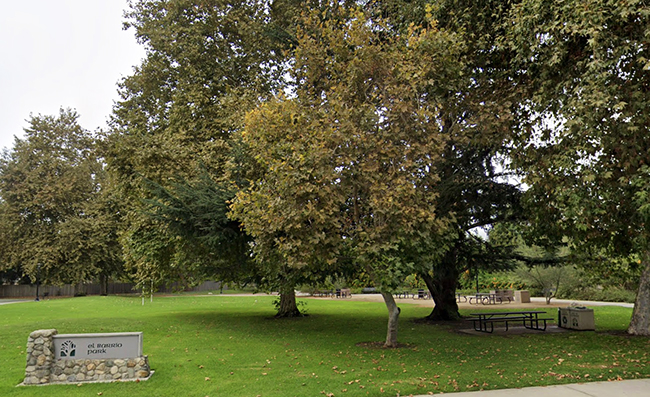Should I be tested for COVID-19 antibodies
by Eric Hughson
Let me start out by saying that I’m not a doctor, or at least not that kind of a doctor. My wife and I read an article in Forbes where the author said if you test for COVID-19 antibodies in an area where the prevalence of that virus is low, up to half of the tests could be false positives (that is, you tested positive but didn’t have COVID).
She asked whether it was worth getting tested for antibodies for COVID-19. At first I said, “If the accuracy of the test is about 99.5 percent like the authors of the Santa Clara antibody study say, then we should all get tested if we can.” However, later on our walk with Violet the dog, I realized I was wrong.
What we really learn from a positive test depends on the prevalence of the virus in your area and whether or not you think you’ve been exposed. Actually, if you test positive, the chance you had the virus is much lower than 99.5 percent. For the average Claremonter, it is more like 76 percent.
How do we get 76 percent instead of 99.5 percent? Suppose the following things. Two percent of people in Claremont actually had the virus and you’re an average Claremonter. If the antibody test is 99.5 percent accurate and you didn’t ever have the virus, you will test positive 0.5 percent of the time.
Also, the test has false negatives (you had the virus but test negative) and a Danish study suggests this number is about 20 percent.
Assuming you test positive for antibodies, what’s the chance you had the virus?
Let’s take 100 Claremonters. 98 are truly negative. Of those, 0.5 percent falsely test positive which yields 0.49 positive tests. Now, 2 are truly positive. 80 percent of them test positive so that yields 1.6 more positive tests. Thus, out of 100 Claremonters you expect to see 2.09 (1.6 + 0.49) positive tests. But only 1.6 tests are truly positive. That means that only 1.6 out of 2.09 positive tests are real. And that percentage is 75.6 percent.
Further, if you assume the test has no false negatives, then the percentage goes up to 80 percent. Either way, these numbers are much less than 99.5 percent, so you don’t learn as much as you think from the positive antibody test. The problem is that there are not that many people in Claremont who had COVID.
So when do you learn something from the antibody test? When you live in a place where a lot of people had the virus or you think you had been exposed. An example is New Your City where about 20 percent of people had the virus. If we did the same computation as before, you would find that the chance you had the virus if you tested positive is about 97.5 percent. This means that people in New York City who tested positive could be pretty certain that they previously had the virus.
So what does this all mean for us in Claremont? It depends on the likelihood that you think you had the virus before you got the antibody test. The greater that chance of your exposure, the more certain you can be that you had the virus if you test positive.
What if the antibody test came back negative? Using my numbers, if you’re like everyone else in Claremont, there’s a 99.6 percent chance you never had the virus. However, if you are from New York, it’s about 95.2 percent.
So in answer to the question of whether you should get the antibody test for COVID is it depends. I got my test today anyway and it was negative.








0 Comments